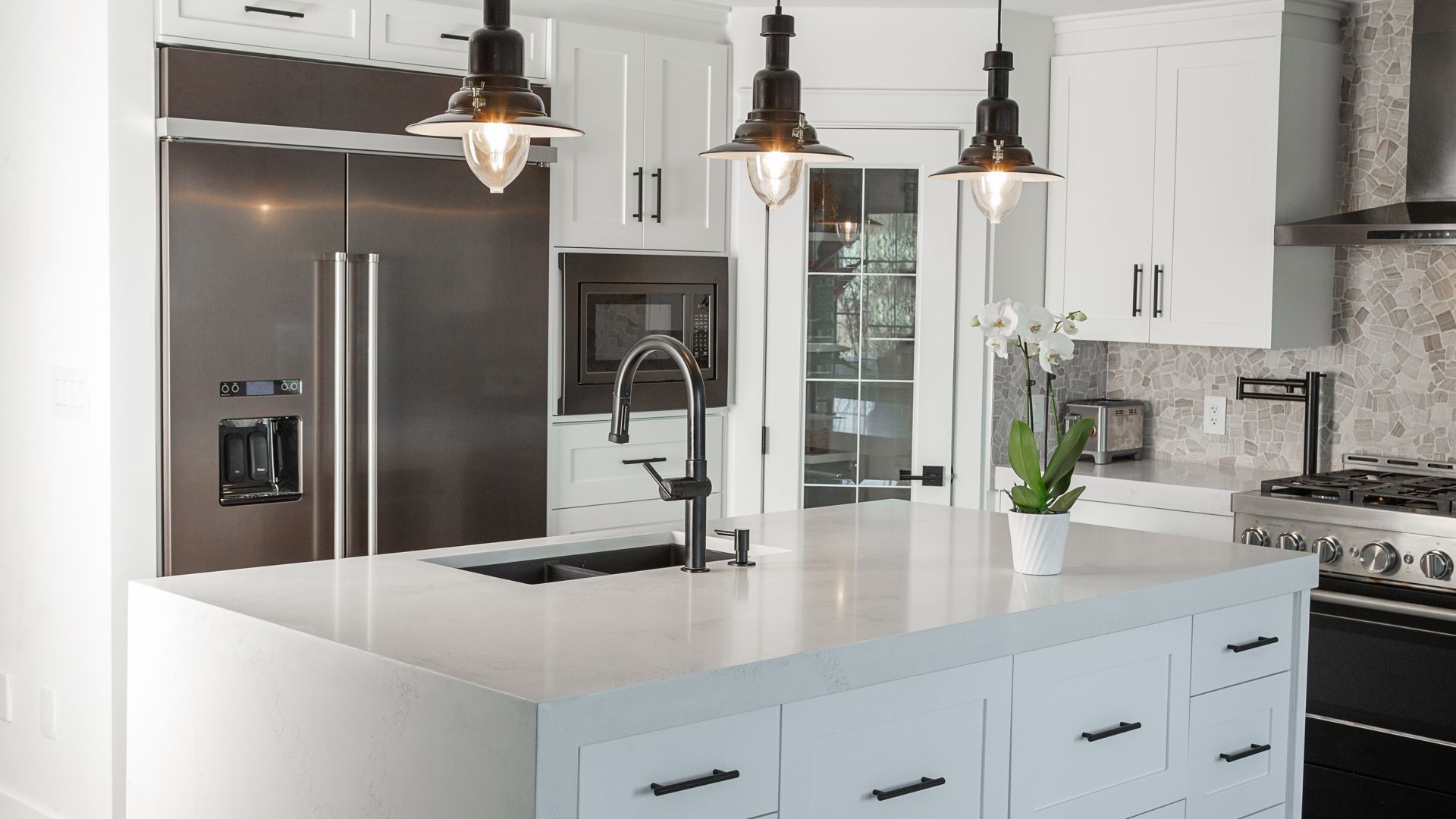Backflow is a dangerous phenomenon that occurs when the pressure inside a property’s water system exceeds the pressure coming from the supply line, forcing the water backwards into the supply. This can potentially contaminate water throughout the entire system, creating a dangerous situation for everyone around the initial backflow event. For this reason, every commercial and industrial building is required to have a backflow prevention system, as well as multi-family residential buildings as well. However, single-family homes are typically exempt from this requirement.
However, you might find that your home does have one of these backflow preventers installed. Why do you need to have this and what purpose does it serve? You’ll find the answer to these questions here.
Why You Need a Backflow Preventer
A typical home doesn’t need a backflow prevention system purely because homes are naturally protected from backflow anyway. When water leaves a tap or faucet, it typically flows downward to a drain. The two are not connected, and therefore water can’t flow from the drain back up into the faucet, causing the potential for contamination. However, this is not the case for one particular plumbing mechanism that your property might have: an automatic irrigation system.
Your sprinklers directly draw water from your main water line before distributing it through various valves and out to different areas of your property to keep your lawn and garden watered. However, the lines that carry this water are vulnerable to intrusion from bugs, bacteria, and other harmful organisms. They are more likely to be damaged over time due to exposure to the elements or accidental impact. And the water inside these lines can cause mold and mildew growth. Additionally, homes that use reclaimed water from a septic system will mix this reclaimed water into the irrigation lines, making water highly unsuitable for general use.
Therefore, because these lines are directly connected to your main water supply, this water absolutely cannot flow backward under any circumstances. Therefore, any home with an irrigation system needs to have a backflow prevention system.
How a Backflow Preventer Works
A backflow prevention device works as a sort of one-way water valve that constantly monitors the flow of water to ensure it is only moving in one direction. When water begins to flow back the other way due to a pressure difference, the valve immediately cuts off the flow and prevents the water in the system from going any further. There are different types of backflow valves that do this in differing ways, but for the most part, the type of valve you will find in homes is known as a “pressure vacuum breaker.”
In order to work, a vacuum breaker valve needs to be installed at a high point on a plumbing line, and this is why you will typically find these valves installed somewhere near where your irrigation line meets your main water line (probably on the side of your home). They also need to have clean, uninhibited access to atmospheric air to reduce vacuum conditions found in piping systems.
When water flows backward, it creates a vacuum condition that will essentially suck water back through your irrigation lines and into your main water line. However, if your irrigation lines are all closed off (which they should be when you aren’t watering anything), then the vacuum force could tear your irrigation system apart. A vacuum breaker prevents this by opening a valve that relieves the vacuum pressure. Likewise, the valve’s location at the high-point of that particular branch of your plumbing system means gravity naturally prevents the water from continuing to be pulled backward.
Problems with Backflow Preventers
Backflow prevention systems are generally extremely reliable and require little to no maintenance. However, over time, they will slowly start to fall apart and lose their effectiveness as materials age. Likewise, freezing weather can damage backflow preventers, particularly there is any water in the mechanism when the freeze happens and the mechanism itself is not insulated.
Has your prevention device stopped working or sprung a leak? Have it repaired by the local plumbing pros at Smith’s Plumbing Services! Call us for service at (901) 290-1110 today.